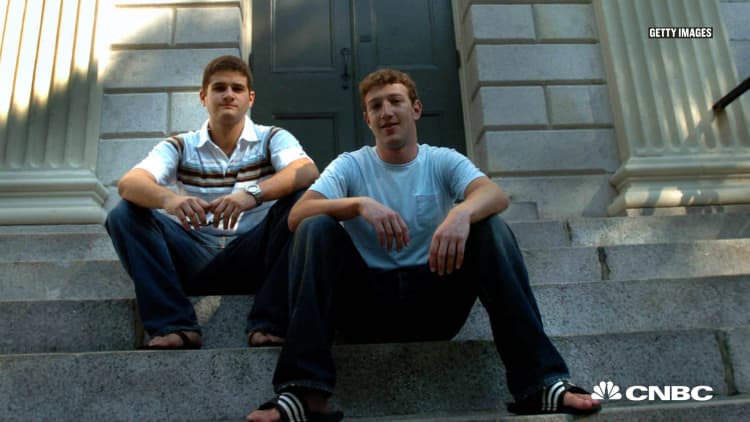Kate Spade almost abandoned the fashion line that she quit her full-time job to launch.
Her earliest handbags felt like a disappointment. After spending more than $4,000 on materials and admission to a 1993 New York City trade show, it seemed like she had earned nothing.
"We hadn't even sold enough to cover the cost of the booth," Spade tells Guy Raz on the podcast How I Built This. (In 2016, the entrepreneur founded a new company called Frances Valentine and changed her name to Kate Valentine.)
"I'm very conservative," Spade says. "I have no interest in losing money."
The idea, after that first run, seemed like a bust, even though Spade had just incorporated.
"That's it for me," Spade recalls that she told her partner Andy. "I'm not a gambler."
The trade show had been productive, however. Barneys and Fred Segal department stores spotted her bags and agreed to start selling them in select stores. So Andy suggested they hold off on giving up.
"Katie, you've got two of the best stores in America. Why are you crying?" Andy told her. "Let's not quit."
Before pursuing entrepreneurship, Spade had taken a more traditional route.
In 1985, Spade graduated with a journalism degree from Arizona State University and then backpacked around Europe. The next year, she moved to New York and landed a job in the accessories department at Mademoiselle magazine.
By 1992, Spade saw no future for herself at the publication and quit. She had decided over dinner with Andy to pursue a new direction: Making her own handbags. For the next few years, they relied mostly on Andy's income and mutual savings. At one point, they even liquidated their 401(k)s.
"When you don't have an income coming in," Spade says, "you're doing whatever you can to make it happen."
Spurred by a sense that the situation was do-or-die, Spade searched Yellow Pages and used her fashion magazine network to find supplies for her handbags. She had no experience in design, so she found a pattern maker who worked out of an apartment. There, Kate became a de facto apprentice — clipping big sheets of paper and fabric samples until the new skills became habit.
Early on, the Spades' Tribeca loft was crammed with boxes that she hauled up and down five floors and shipped at the post office. She and Andy woke in the middle of the night to the sound of a fax machine processing orders. They celebrated when fashion editors occasionally wore the bags around New York, though they had paid little to nothing for the privilege.
"We were still not making any money. Nobody was making a salary. Andy was funding everything," Spade says. "I just remember thinking, 'I think we need to shut it down.'"
It wasn't until 1996, three years after incorporation, that they made a profit. That same year, Kate was awarded by the Council of Fashion Designers of America, which typically recognizes brands like Ralph Lauren or DKNY. Then, Saks Fifth Avenue and Neiman Marcus called: They wanted Kate Spade bags in all of their stores. The expansion basically quadrupled their business.
"At first, you're on a tiny little table, and the next thing [you know], you have a store stop-and-shop," Spade says.
Her persistence paid off.
"It was a snowball effect," she says. "It got a little bigger and a little bigger and a little bigger."


